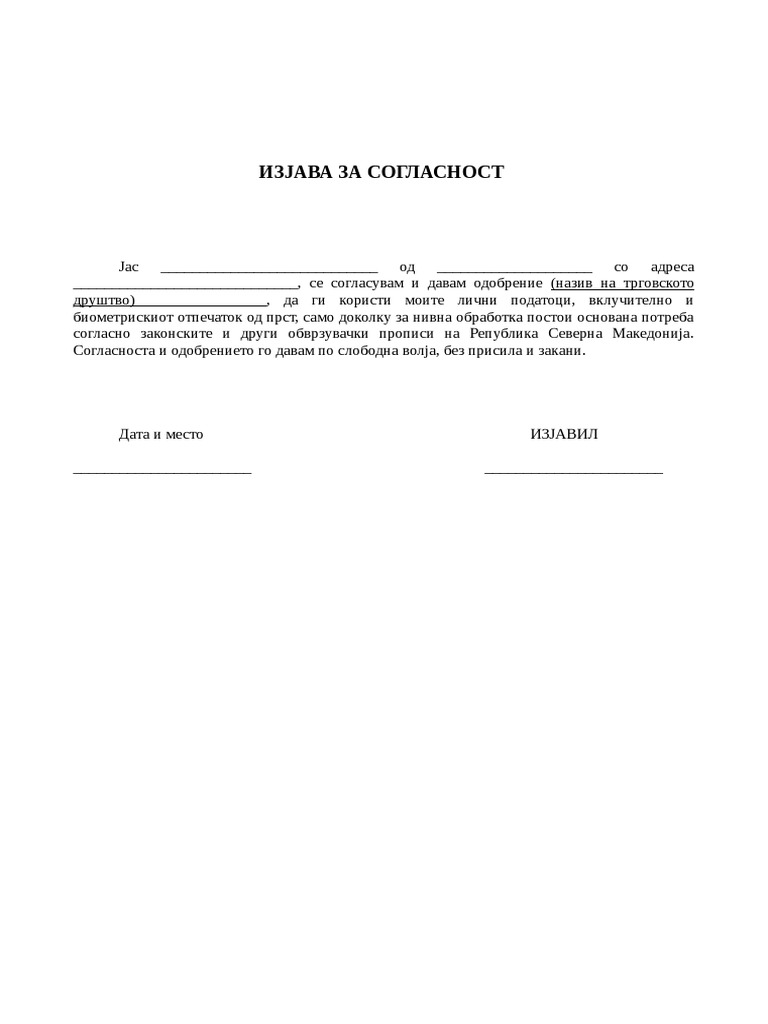Stricter Border Controls: A Rise In Deportations And A Fall In Arrests

Table of Contents
The Rise in Deportations under Stricter Border Controls
The increase in deportations under stricter border control regimes is a multifaceted issue. Several factors contribute to this trend, including increased resources and a shift in enforcement priorities.
Increased Resources and Technology
Increased funding for border patrol and immigration agencies has significantly impacted enforcement capabilities. This investment translates into:
-
Increased funding for border patrol and immigration agencies: This allows for the hiring of more agents, expansion of infrastructure, and investment in new technologies.
-
Implementation of advanced surveillance technologies: Drones, facial recognition software, and improved sensor technology enhance border surveillance and detection capabilities. This leads to quicker identification of individuals who may be violating immigration laws.
-
Improved data sharing and intelligence gathering between agencies: Enhanced cooperation and information exchange between national and international agencies streamline the identification and tracking of individuals.
-
This has led to more efficient identification and removal of individuals deemed to be in violation of immigration laws. The improved technological capabilities and data sharing allow for faster processing and removal of those deemed inadmissible or deportable.
-
Focus on expedited removal procedures for those apprehended near the border: Streamlined procedures accelerate the deportation process, particularly for those apprehended within a specific distance of the border.
Shift in Enforcement Priorities
Enforcement priorities have shifted towards targeting specific groups, contributing to the rise in deportations. This includes:
-
Increased focus on removing individuals with criminal records or those who have overstayed their visas: This targeted approach prioritizes the removal of individuals deemed a higher risk to national security or public safety.
-
Prioritization of deportations over arrests for certain categories of individuals: In some instances, the focus has shifted from apprehending individuals to directly deporting them, leading to fewer arrests overall.
-
This targeted approach may account for the disproportionate rise in deportations. The emphasis on removing specific groups naturally leads to a higher number of deportations compared to a broader approach.
-
Streamlining of the deportation process reduces legal challenges and delays. Improved processes and reduced bureaucratic hurdles contribute to a more efficient deportation system.
The Fall in Arrests Despite Stricter Border Controls
Paradoxically, while deportations rise, arrests have fallen in some areas, suggesting that stricter border controls may have a deterrent effect.
Deterrent Effect of Heightened Security
The increased presence of border patrol agents and enhanced security measures may be discouraging illegal crossings.
-
Increased border security may deter potential migrants from attempting illegal crossings. The perception of increased risk and the likelihood of apprehension can discourage potential migrants.
-
Perception of increased risk leading to a decrease in attempted border crossings. Migrants may be choosing to avoid attempting crossings altogether due to perceived higher risks of detection.
-
This is evidenced by lower apprehension numbers at certain border sections. Specific areas with increased security may show significantly lower arrest rates.
-
Improved border infrastructure (walls, fences) plays a role. Physical barriers, in conjunction with increased surveillance, further deter illegal crossings.
Shifting Migration Patterns
Stricter controls might not stop migration, but rather alter the routes and methods used.
-
Potential for migrants to utilize alternative, less-patrolled routes. Migrants may seek out more remote or less guarded areas to cross borders.
-
Increased use of smugglers and human trafficking networks. The reliance on smugglers to navigate more dangerous routes can increase risks for migrants.
-
Data needs to be analyzed to determine if this is a temporary shift or a long-term trend. Longitudinal studies are crucial to understand the long-term implications of these shifting patterns.
-
This may necessitate a shift in enforcement strategies to address these evolving methods. Strategies must adapt to counter the evolving tactics employed by migrants and smugglers.
Analyzing the Effectiveness of Stricter Border Controls
Evaluating the effectiveness of stricter border controls requires a nuanced approach, considering both economic and humanitarian impacts.
Economic Impacts
The economic consequences of stricter border controls are substantial and require thorough analysis.
-
Cost-benefit analysis of increased border security measures versus their effectiveness. A thorough cost-benefit analysis is necessary to evaluate the effectiveness of the investments made in stricter border controls.
-
Impact on the economy, including labor markets and remittances. The impact on the labor market and the flow of remittances should be carefully assessed.
-
Addressing the economic implications is crucial for policy-making. Economic considerations play a significant role in determining the sustainability and feasibility of stricter border controls.
-
Consideration of both short-term and long-term economic effects. Both immediate and long-term impacts on the economy need careful consideration.
Humanitarian Concerns
Humanitarian considerations must be balanced against security concerns.
-
Ethical implications of increased deportations and potential for family separation. The human cost of stricter border controls must be carefully considered, including the ethical implications of family separation.
-
Access to legal counsel and due process for those facing deportation. Ensuring access to legal representation and due process for individuals facing deportation is crucial.
-
Balancing security concerns with humanitarian considerations is paramount. Finding a balance between national security and the protection of human rights is essential.
-
International human rights standards must be respected. Stricter border control measures must adhere to international human rights standards.
Conclusion
The implementation of stricter border controls presents a complex picture. While increased resources and a shift in enforcement priorities have led to a rise in deportations, a simultaneous fall in arrests suggests a potential deterrent effect and a shift in migration patterns. A comprehensive assessment requires careful analysis of the economic and humanitarian implications. Further research is needed to determine the long-term effectiveness of stricter border controls and to adapt enforcement strategies to address evolving challenges. To understand the complete impact of these policies, ongoing monitoring and evaluation of stricter border controls are crucial.

Featured Posts
-
 Sheehan Ipswich Towns Unwavering Spirit After Setback
May 11, 2025
Sheehan Ipswich Towns Unwavering Spirit After Setback
May 11, 2025 -
 Vente Des Vins De Nuits Saint Georges Une Matinee Avec Philippe Candeloro Et Chantal Ladesou
May 11, 2025
Vente Des Vins De Nuits Saint Georges Une Matinee Avec Philippe Candeloro Et Chantal Ladesou
May 11, 2025 -
 Aaron Judges Historic Start Matching The Greats Of Mlb
May 11, 2025
Aaron Judges Historic Start Matching The Greats Of Mlb
May 11, 2025 -
 Okikj Go Zapozna Kevin Khart Smeshna Iz Ava Za Sinot
May 11, 2025
Okikj Go Zapozna Kevin Khart Smeshna Iz Ava Za Sinot
May 11, 2025 -
 Hajis Hat Trick Leads Usmnt Weekend Roundup
May 11, 2025
Hajis Hat Trick Leads Usmnt Weekend Roundup
May 11, 2025
